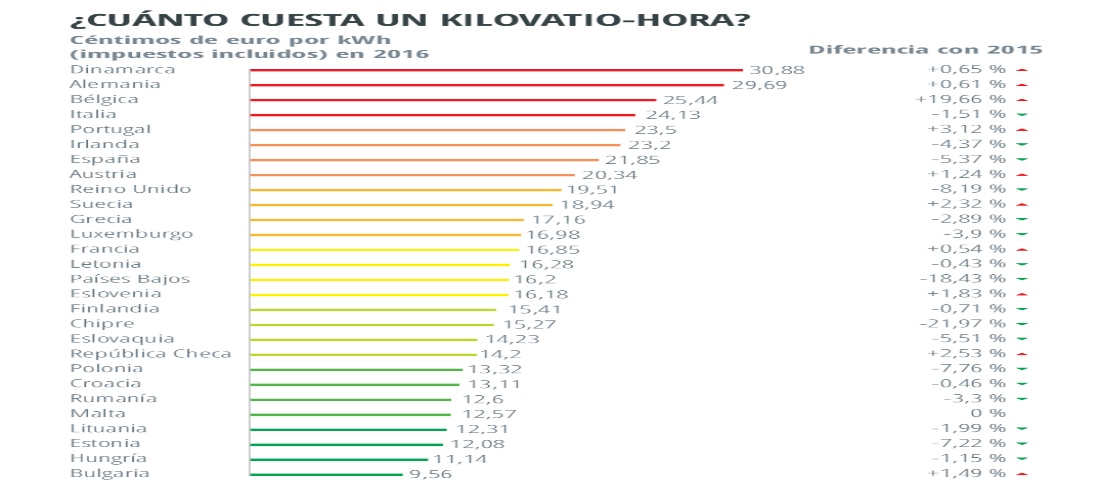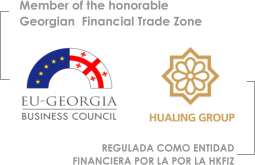NEWS

Energy efficient products: the EU energy label explained
Parliament has supported simplifying the energy labeling system. See our infographic to find out how energy consumption is measured and how much it costs.
Energy efficiency is the relationship between the production of a performance, service, good or energy, and energy expenditure. On the other hand, energy saving or reduction of energy consumption is an absolute value.
The first energy labeling dates from 1994 and is in force since 1995. It consists of a scale from G, the least efficient end, to A. Subsequently, the scale was extended to A +++ to reflect the improvements applied to the products. But the introduction of the A + category and even higher ones reduced the effectiveness of labeling designed to encourage consumers to buy the most efficient products, because currently the trend is that most of them are classified in class A or others even more efficient.
To solve this problem, the European Commission has proposed to return to the initial scale from A to G, and establish a mechanism to requalify and relocate future advances in energy efficiency without creating new classes. Among the proposals of the European Commission are also to create a database of products, and measures to improve the supervision of national markets.
In June, Parliament supported the simplification of the labeling system to facilitate comparison to consumers.
The Italian MEP of the Freedom and Direct Democracy group, Dario Tamburrano, has been responsible for this issue in Parliament.
EU actions for cleaner energy also address the issue of energy efficiency of buildings and renewable energy sources.



